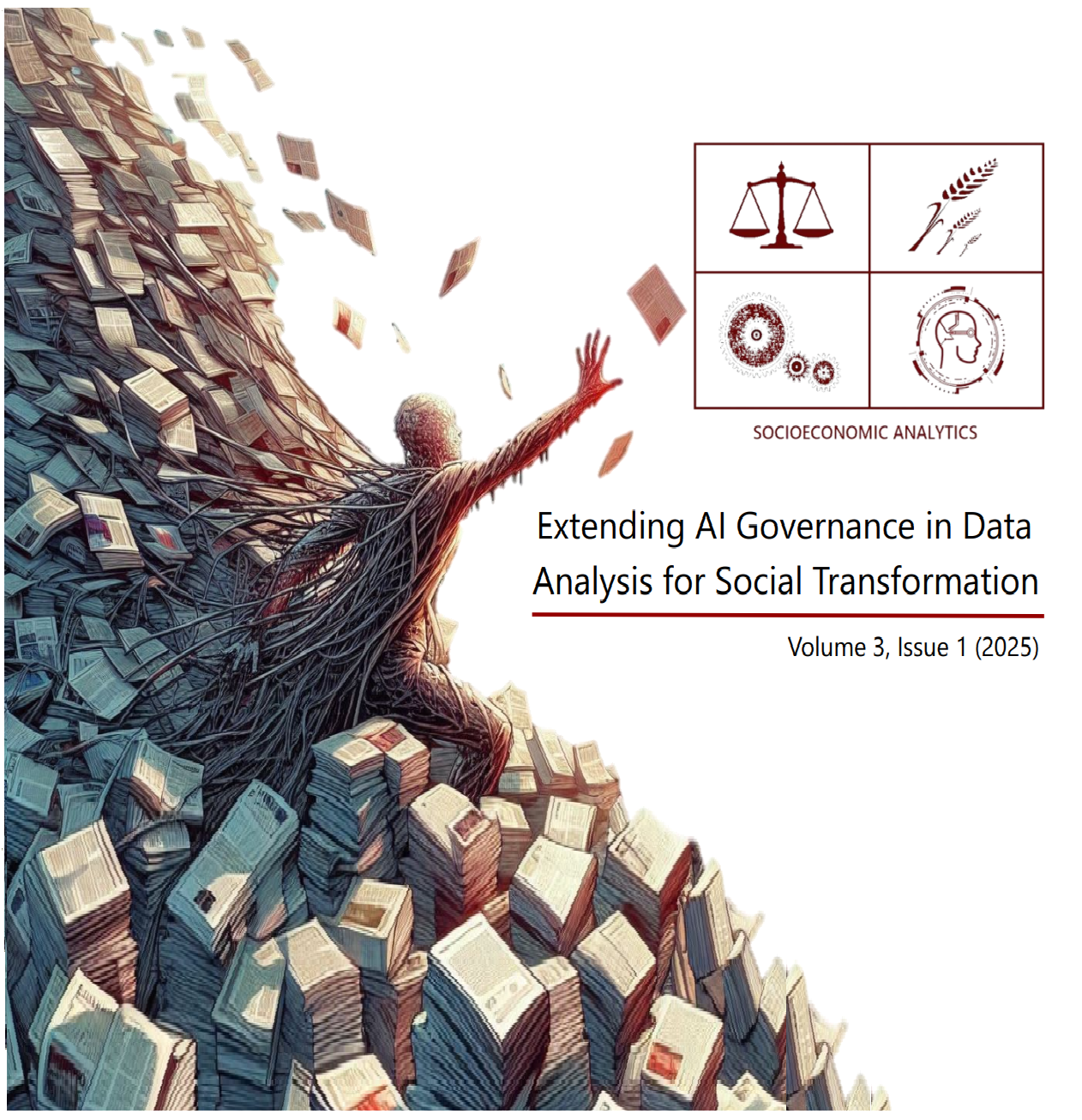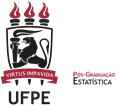Modeling Sustainability: Insights from an Agent-Based Approach to Sustainable Urban Community Development
DOI:
https://doi.org/10.29327/2565368.3.1-3Keywords:
Sustainability, Households, Urban communities, Agent-based modelingAbstract
This work examines the potential of agent-based modeling (ABM) to explore and understand sustainability in urban communities. The study aims to identify how sustainable practices can emerge from localized decision-making and social dynamics by focusing on the interactions between households, residents, and their environment. The model can provide insights into the social, economic, and environmental dimensions of sustainability within an urban community by simulating predefined scenarios. While this study phase establishes the conceptual framework and methodology, future efforts will enhance the model’s reliability with empirical data and involve stakeholders to refine its relevance to urban policy and planning.
References
Argyris, C. (1976). Single-loop and double-loop models in research on decision making. Administrative Science Quarterly, 21(3). pp. 363–375. DOI: 10.2307/2391848.
Bonabeau, E. (2002). Agent-based modeling: Methods and techniques for simulating human systems. Proceedings of the National Academy of Sciences, 99 (10) (suppl 3), pp. 7280–7287.
Brundtland, G. (1987). Report of the World Commission on Environment and Development: Our Common Future. United Nations General Assembly document A/42/427.
Cambridge Dictionary (2024). https://dictionary.cambridge.org/.
Choguill, C. L. (2008). Developing sustainable neighbourhoods. Habitat International. v.3. 2008. pp. 41–48. DOI: 10.1016/j.habitatint.2007.06.007.
Clark, J. H. (2023). Waste as an Opportunity. Societal Impacts, 1, pp. 1–3. DOI:10.1016/j.socimp.2023.100009.
Fatourehchi, D., Zarghami, E. (2020). Social sustainability assessment framework for managing sustainable construction in residential buildings. Journal of Building Engineering, 32. pp. 1–15. DOI:10.1016/j.jobe.2020.101761.
Ghafoor, S., Hosseini, M. R., Kocaturk, T., Weiss, M., & Barnett, M. (2023). The product-service system approach for housing in a circular economy: An integrative literature review. Journal of Cleaner Production, 403, 136845. DOI:10.1016/j.jclepro.2023.136845.
Grimm, V., Railsback, S. F., Vincenot, C. E., Berger, U., Gallagher, C., DeAngelis, D. L., ... & Ayllón, D. (2020). The ODD protocol for describing agent-based and other simulation models: A second update to improve clarity, replication, and structural realism. Journal of Artificial Societies and Social Simulation, 23(2). DOI: 10.18564/jasss.4259.
Khodabandelu, A., & Park, J. (2021). Agent-based modeling and simulation in construction. Automation in Construction, 131, 103882. DOI:10.1016/j.autcon.2021.103882.
Khoshnava, S. M., Rostami, R., Valipour, A., Ismail, M., Rahmat, A. R. (2018). Rank of green building material criteria based on the three pillars of sustainability using the hybrid multi criteria decision making method. Journal of Cleaner Production, 183. pp. 82-99. DOI: 10.1016/j.jclepro.2016.10.066.
Neystani, B. A. (2017). Review on Sustainable Building (Green Building). SSRN. pp. 1–9. DOI: 10.2139/ssrn.2968885.
Patel, P., Patel, A. (2021). Use of sustainable green materials in construction of green buildings for sustainable development. IOP Conference Series: Earth and Environmental Science. pp. 1–10. DOI:10.1088/1755-1315/785/1/012009.
Richardson, K., Steffen, W., Lucht, W., Bendtsen, J., Cornell, S. E., Donges, J. F., ... & Rockström, J. (2023). Earth beyond six of nine planetary boundaries. Science Advances, 9(37). pp. 1-16. DOI: 10.1126/sciadv.adh2458.
Smith, E. R., & Conrey, F. R. (2007). Agent-based modeling: A new approach for theory building in social psychology. Personality and Social Psychology Review, 11(1), pp. 87–104. DOI: 10.1177/1088868306294789.
Torraco, R. J. (2016). Writing integrative literature reviews: Using the past and present to explore the future. Human resource development review, 15(4), pp. 404–428. DOI:10.1177/1534484316671606.
United Nations (2024a). World Population Prospects 2024: Summary of Results. Department of Economic and Social Affairs, Population Division. 60 p. ISBN: 9789210031691.
United Nations (2024b). The Sustainable Development Goals Report 2024. 48 p. ISBN: 978-92-1-003135-6.
Voinov, A., Jenni, K., Gray, S., Kolagani, N., Glynn, P. D., Bommel, P., ... & Smajgl, A. (2018). Tools and methods in participatory modeling: Selecting the right tool for the job. Environmental Modelling & Software, 109, pp. 232–255. DOI: 10.1016/j.envsoft.2018.08.028
Wilensky, U. (1999). NetLogo. http://ccl.northwestern.edu/netlogo/. Center for Connected Learning and Computer-Based Modeling, Northwestern University. Evanston, IL.
Downloads
Additional Files
Published
Issue
Section
License
Copyright (c) 2025 Eduardo Franco, Kechi Hirama

This work is licensed under a Creative Commons Attribution-NonCommercial-NoDerivatives 4.0 International License.
Authors who publish with Socioeconomic Analytics retain the copyright of their work and agree to license it under a Creative Commons Attribution-NonCommercial-NoDerivatives 4.0 International (CC BY-NC-ND 4.0) license. This means that the work can be shared, copied, and redistributed in any medium or format, as long as it is not used for commercial purposes, and the original work is properly cited. The work cannot be changed in any way or used to create derivative works.










